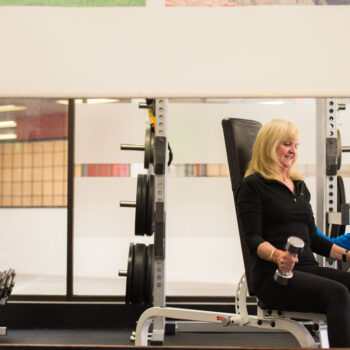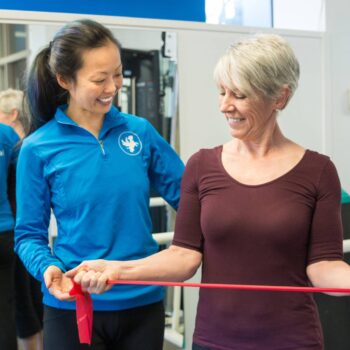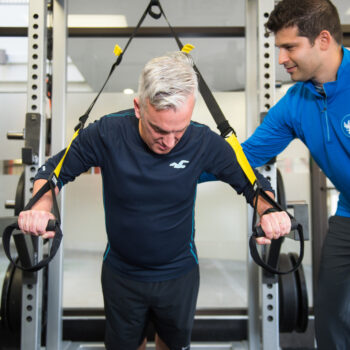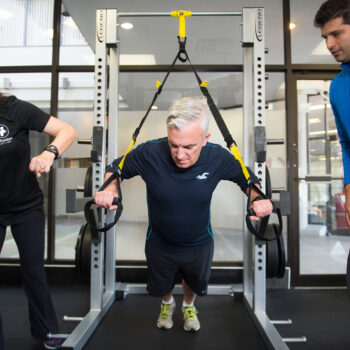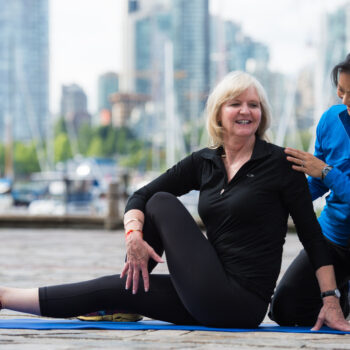The thought of running 21.1 km can be daunting at first. Should I run a half-marathon? What is the best way to prepare for it? I had similar questions when I decided to sign up for my first half-marathon last year. Whether you are a new or seasoned runner, I hope to provide you with some answers to questions that may come up as you train.
Health Factors to Consider Before Running
The feeling of completing a half-marathon can be both exhilarating and nerve wracking. However, it is important to ensure that your body is able to sustain the impact of long-distance running before you begin training.

Some health conditions can impact your eligibility to run a half-marathon. For example, if you have a current injury, cardiac condition, pulmonary or lung condition such as asthma, diabetes, or are pregnant, we recommend checking in with your physician to see if it is safe for you to start training (Valentine, 1982). In any case, if you are unsure whether or not you can run a marathon, it is always safer to seek medical advice.
If you don’t have any present health conditions, or have been cleared to run a half-marathon, then you are ready to take the next step towards the finish line! Below are some tips before you head out the door for a run.
Tip 1: Running Gear
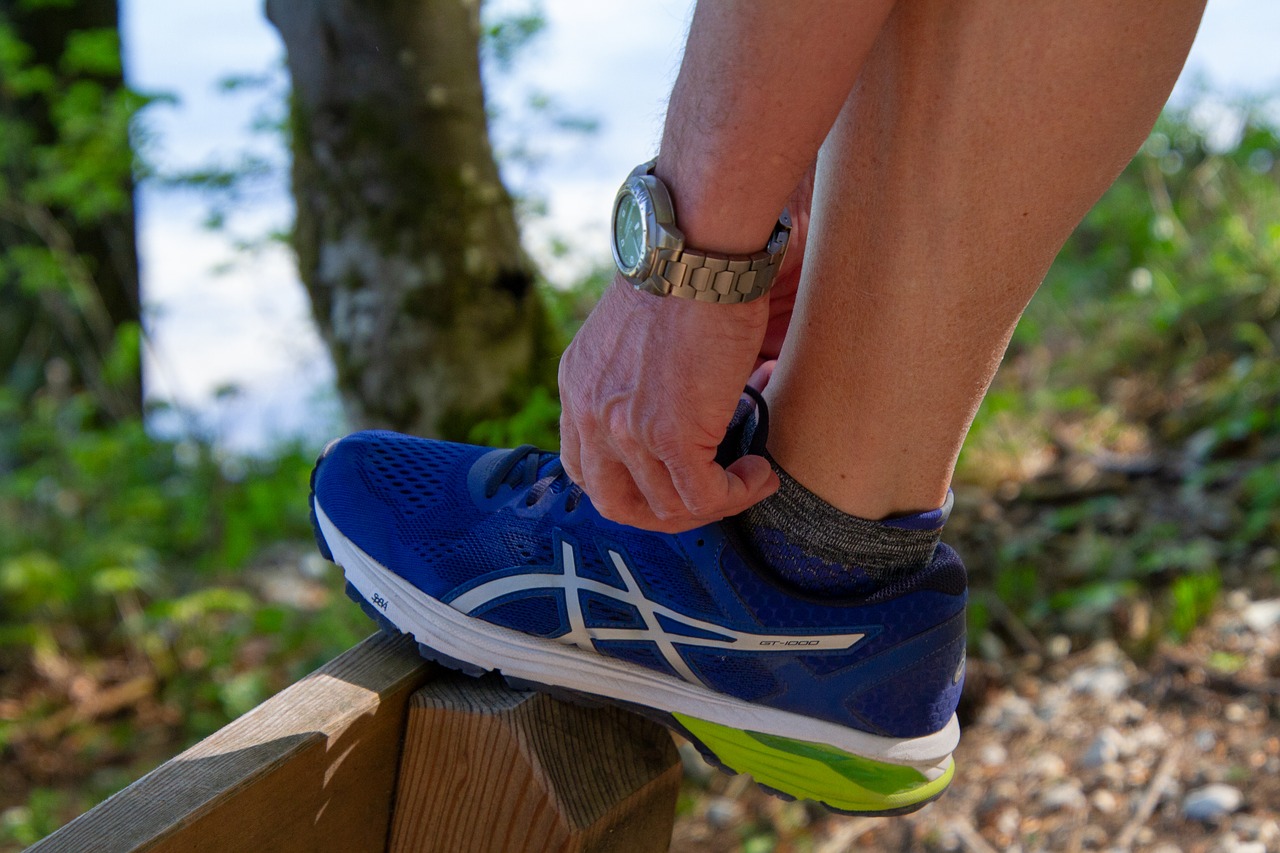
We have heard the importance of finding the right shoes to match the occasion. Running is no different, as your shoes can be a determining factor in reducing running injuries and helping you run more comfortably. When running for long distances, you want to find running shoes that are durable and protective, without sacrificing support and breathability. However, because each individual can differ in terms of the shape of their foot, and their running mechanics, here is an additional link that may provide more details into how to find shoes that work best for your foot.
It is also important to wear breathable clothes that allow you to move. Find clothing made of materials that wick away moisture – this helps pull the sweat away from your body and dry faster. An example would be choosing polyester over cotton fabrics. In addition, I recommend wearing thinner layers that you can easily take off if the weather conditions vary. It may be cold when you begin to run, but warm up as you run for a longer period of time. For your bottoms, shorts or leggings are both versatile. However, if you experience chafing between the legs, which can occur for runners who wear shorts, try wearing longer running shorts. Here are some other solutions to treat and prevent chafing in different areas of your body.
Tip 2: Tracking Your Progress
When we are able to track our progress during training, it can give us a better idea of whether or not we need to make changes in our training plans. Extra information, such as the distance that you run and your running pace (i.e. the amount of time it takes to complete a certain distance), can help create goals that you can work towards leading up to the day of the event. For example, if I wanted to run my half-marathon with a pace of 6.5 minutes per 1 km, I can gradually adjust the speed I run during each training session and work towards that goal.
You might be wondering: that sounds useful, but what would provide that information for me? When I first started training for my half-marathon, I tried to find something that would track my progress, and be simple to use. Since I carried my cell phone with me during my runs, I thought that it would be convenient for me to use an app that I could download onto my phone. Through asking other runners and searching on the internet, I found one called Strava. It is used by runners and cyclists of all levels and abilities.

Here are some features which I found extremely helpful on Strava:
- Free to download on your mobile device
- Can create and save your own running routes
- Tracks the total distance of each run
- Tracks and informs you of your running pace while you run (e.g. how many minutes it takes to complete 1 km or mile)
- Does not require WiFi/cellular data to track your data while you run
- Automatically pauses and starts tracking when you stop or run
- Social platform: ability to follow other members in the community, interact, and view their progress
- Access to your weekly progress: distance ran, leader boards, etc.
Other apps that offer similar features include Nike+ Running and MapMyRun. You can read more about what these apps offer, but in general, they are great tools to use for training, as you have access to an abundance of information and a timeline of your progress.
Tip 3: Safety
When we run, we usually talk about how to reduce running injuries, and focus on the physiological aspects of training. While these points are extremely important, something that does not often get brought up when running is safety. If you are like me, I prefer running outside versus on a treadmill. This adds some environmental factors to consider when training.
- First, I recommend varying your running routes. The apps that I mentioned above are great for this, as most of them allow you to easily find or create your own running routes. It is also good to challenge your body in terms of the distance, and the elevation in which you run.
- Additionally, try to wear bright and / or reflective clothing. Running outside means that you will likely pass through traffic lights and crosswalks. If you can make yourself easily noticeable, it can decrease the chances of something bad happening on the road.

- Listening to music when you run can provide an extra boost of motivation to keep on trekking. However, if you decide to run during the night, I recommend turning the volume down, or pausing the music completely. I also suggest running on bigger streets with more traffic. This will enable you to be more aware of your surroundings, and ensure that you are safe when running.
Ready to begin training? Stay tuned for more tips on training schedules and running events around Vancouver.
References:
Valentine, A. S. (1982). The middle-aged marathon runner. The College of Family Physicians of Canada, 28(1), 941-945.

May Guan – Client Care Manager/Cardio Trainer
May developed her passion for fitness from participating in multiple sports at a young age – eventually finding her love for both playing and coaching volleyball. She is also an avid hiker and distance runner, and is always in search of a new challenge. May believes in fostering a fun, inclusive, and supportive environment where people can achieve their health-related goals.


